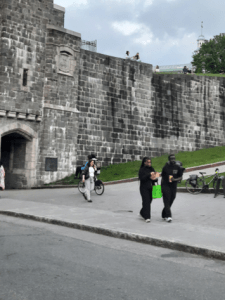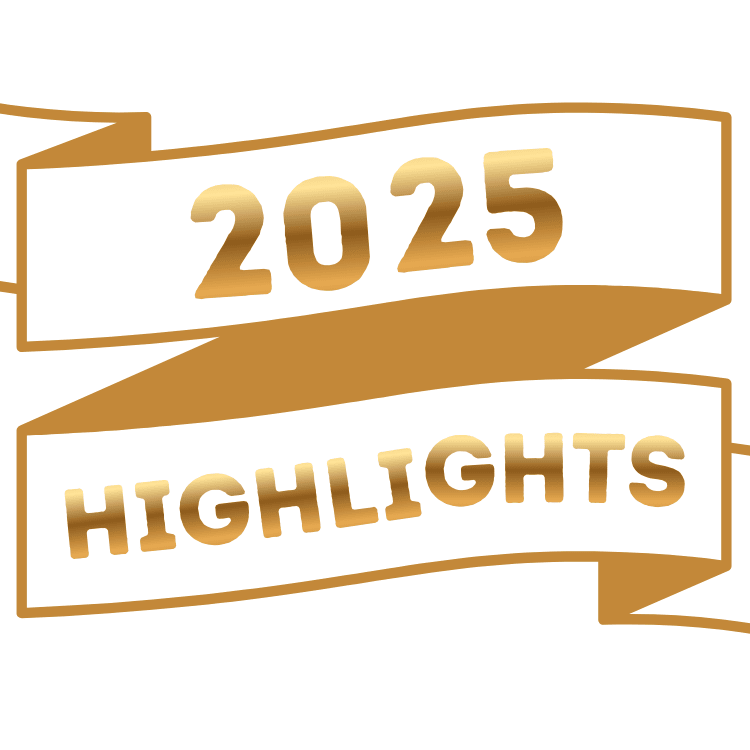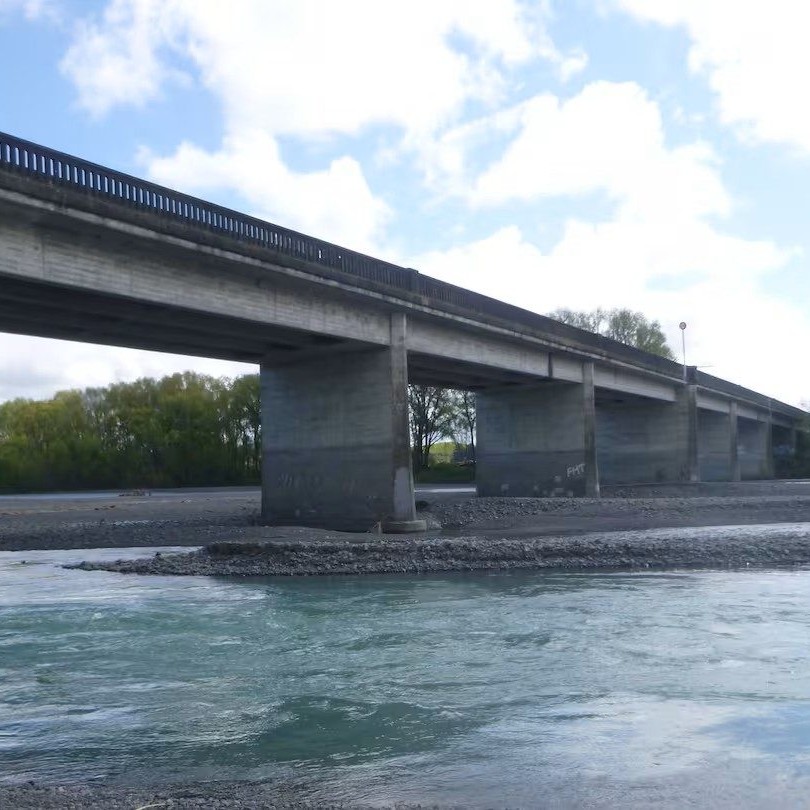
Over the last few months there’s been plenty of discussion and media reports about speed limits.
In the North Island, NZTA has lifted the speed limit to 100km/h at the new State Highway 1 and 29 intersection in Waikato. It has also increased the speed limit to 100km/h on most of the highway connecting Taupō and Tūrangi, including a section of highway that bisects a holiday park at Motutere by Lake Taupō.
In Wellington, the city council is proposing to post variable speed limits on some streets near a local school which will normally be 50 km/h and then 30 km/h around school time.
In the south, the councils for Tasman District and Nelson City are consulting on speed limit changes to 14 roads under their respective jurisdictions. Christchurch City Council is proposing to reduce the speed limits surrounding the new Te Kaha stadium, with one section of street going 10 km/h and most others to 40 km/h.
Looking at the media commentary about these changes, two things have struck me.
The first is that the requirements and responsibilities for the setting of speed limits are not well understood.
This was best demonstrated in the case about the speed limits between Taupō and Tūrangi. The Minister for Transport, Chris Bishop said questions should be directed to NZTA. But NZTA said the speed limit had “been set under the new Government’s new Speed Rule” so the Minister was the person to ask.
The second issue is that over the last couple of decades there has been increasing public interest in the setting of speed limits.
While that is undeniably helpful, it has also increased the risk that populist opinion dominates the setting of the limits. That is not a good thing. The speed that most people will naturally choose to drive at is influenced mainly by the nature of the environment they are travelling in at the time.
If the lanes and shoulders are wide, the curvature is easy, and there is little if any roadside development – in other words, it’s hazard-free – then people will naturally drive faster than on a road that is busier and more constrained. Those environmental cues are the biggest influence on driver behaviour.
Furthermore, the speed limit sign is just that, it’s a limit. Data shows there are many cases where people travel much slower than the speed limit because other influences dominate.
Over the last 40 years I’ve routinely driven the highway between Wellington and Auckland, sometimes up the western side of Lake Taupō, but probably more often up its eastern side. Without exception, on every trip there are dozens of occasions where the nature of the road or other conditions does not allow me to travel at the maximum posted limit. And I’m not that different to other drivers, I’ve seen thousands of other drivers doing the same. People regularly adapt their behaviour and manage the risk accordingly for whatever is in front of them. I bet every truck driver across our membership does this every day.
It worries me that over the last couple of decades there’s been a major shift in how we manage risk. In particular we have become more reliant on others telling us how to manage the risk. Speed limits are a good example of this.
Those as old as me may recall the days when the number of speed limit thresholds were much less than now – it was 80 km/h on the open road or 50 km/h in urban areas and there was a speed derestriction sign, the round white sign with a black diagonal line on it. This signalled that you should slow down because there could be hazards, but if there weren’t any you could travel at the open road speed limit.
Nowadays speed limits can be set at 30, 40, 50, 60, 70, 10, 100 or 110 km/h. The wide debate around the changes indicates a public desire that we need to be told exactly what to do in any given circumstance, and more importantly, linked to that desire is our growing reliance on others telling us how to manage the risk.
I also see that psyche, of a heavy reliance on being told to manage risk rather than thinking practically about it, demonstrated in lots of other areas. Media folk will wear a hi-vis vest and think it’s then okay to do an interview while standing on the shoulder of the road at a crash site. Or they’ll wear a good raincoat so they can stand out in the middle of a raging storm and report on it.
On the funnier side, I had a friend asking me, somewhat in jest, if we’d considered the travel disruptions to freight associated with NZTA taking over speed camera management. He hypothesised that NZTA mobile speed cameras would be accompanied by advanced warning signs, hundreds of metres of cone tapers, shoulder closures and the full temporary traffic management works that we’re now so used to seeing.
The growing reliance on others telling us exactly what to do is not good risk management and thankfully there is growing appreciation of this in modern Health, Safety, Security and Environment thinking.
 It’s a subject for another time, but in a similar vein, the growing focus, effort and money being spent on requiring third parties to check and confirm that businesses are doing what is required is also a concern. That thinking and behaviour is something we believe needs changing and it’s something we will play a leadership role in.
It’s a subject for another time, but in a similar vein, the growing focus, effort and money being spent on requiring third parties to check and confirm that businesses are doing what is required is also a concern. That thinking and behaviour is something we believe needs changing and it’s something we will play a leadership role in.
One of the most startling things I saw while in Canada recently was its different approach to managing risk.
There is a historic wall that surrounds a part of Old Quebec City. A lot of the wall is 10 metres high and the public have easy access to the edge of it. In fact it’s not uncommon for people to sit on the edge of the wall. No fences, cones, signs or requirement to wear fall protection.
Funnily enough, Canada is consistently ranked as one of the safest countries in the world.
Preparing for the future
In other news, I’m thrilled to share we’re releasing the landmark 2025 Road Transport Workforce Report.
It contains some great insights about the demographic makeup of New Zealand’s truck drivers, confirming that the workforce has been diversifying – which is a positive – but also that it’s ageing.
As the workforce gets older, more truck drivers will reduce their hours or retire, leaving severe skill shortages. The road freight industry and the government must work together to ensure new entrants are supported through the driver development pipeline.
That’s why Transporting New Zealand supports the recent suite of proposed changes to driver licensing, which would align our system with that of the rest of the OECD.
The report constitutes a big part of our advocacy around driver recruitment and retention, because understanding who makes up the current workforce is vital to building a sustainable and resilient industry.
And it’s not just about filling gaps in the workforce – the facts show that with greater diversity in any workplace, businesses see boosted productivity, creativity, problem-solving and all-round improved outcomes.
We hope this report provides valuable insights for our members, for policymakers, and the broader public as we strive to shape a future-ready transport sector.





